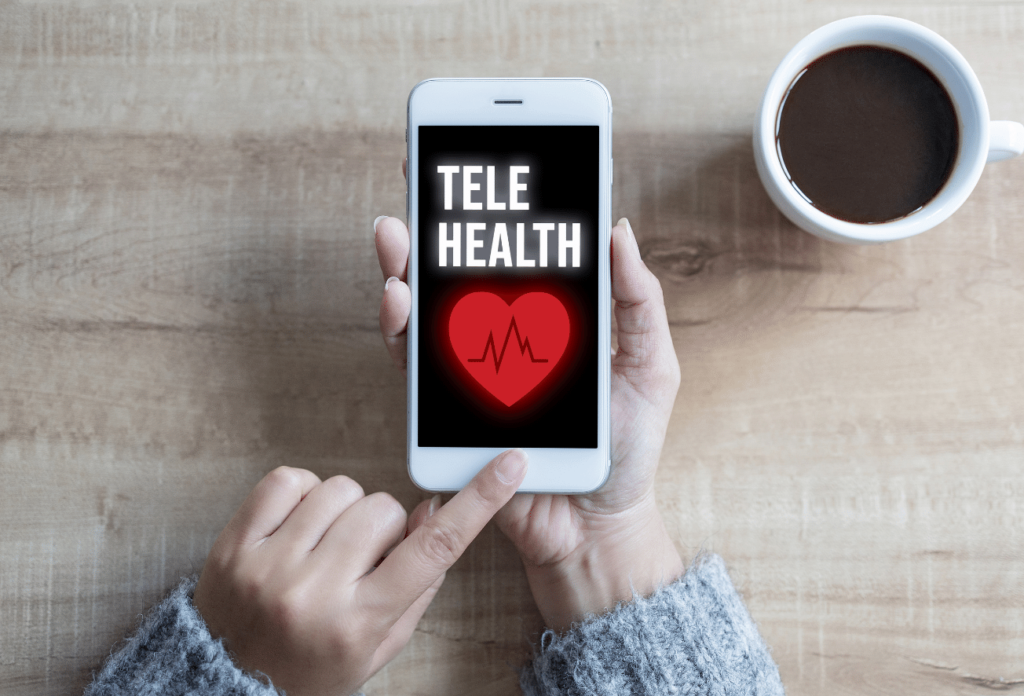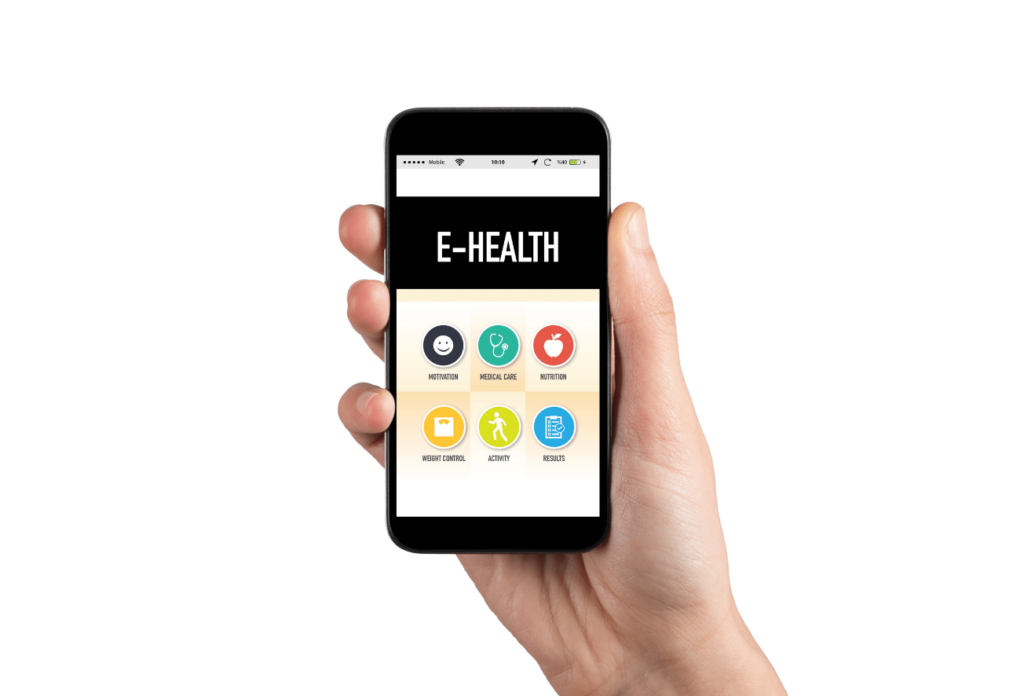2021 Healthcare IT Trends: A Look Ahead
December 30th, 2020
Explore the 2021 healthcare IT trends the industry can expect. In a disrupted world, healthcare IT is ready to evolve and transform in 2021.

2020 will go down as one of the most disruptive years ever. The world of healthcare was upended by the pandemic, exposing many weaknesses in the healthcare IT ecosystem. The issues around interoperability were always present, and the year began with HHS and CMS attempting to solve them with the new interoperability rule. With 2020 in hindsight, what 2021 healthcare IT trends can the industry expect?
Digital Transformation Accelerates Even Faster
COVID-19 fast-tracked digital transformation for many healthcare systems and hospitals. Telehealth adoption soared as well as remote work. The new demands of a world where people needed to stay home accelerated the need to embrace healthcare digitization.
The transformation isn’t over. There are still many challenges that healthcare organizations face—bandwidth, regulations, costs, and more. However, in 2021, the role of healthcare IT and CIOs will continue to evolve and expand to achieve digital transformation.
Cybersecurity Threats Persist
Ransomware was the leading cybersecurity threat for healthcare in 2020. In October, six hospitals were hit in one day. The consequences of the ransomware shutdown systems and caused operational issues. These incidents and others uncovered vulnerabilities around redundancy and monitoring.
In 2021, healthcare IT leaders will need to improve their cybersecurity posture with a proactive approach. The thinking must move from “if” to “when.” A possible response to this 2021 IT healthcare trend is to leverage new tools like AI to thwart cyber-attacks. Additionally, organizations will need to rethink business continuity practices so that they never lose their data.
Telemedicine Will Become the Norm

Telemedicine had not taken off until it became mandatory. The move also meant that CMS expanded coverage to 85 new services for telehealth. That move made telemedicine more accessible, yet challenges remain. These include lack of broadband internet, interoperability, and integration.
Look for providers and telehealth platforms to work on these issues to perfect the model. Patients will also have a higher demand for the services, especially those with chronic conditions. The industry could see a hybrid care model for patients, limiting in-person appointments, and shifting to telehealth when possible for convenience. Finally, telehealth could encourage more people to keep up with regular visits since they can do so from the comfort of their homes.
EHRs Evolve to Meet New Demands
EHRs have been around for over two decades. They seem to be in a constant stage of reiteration. Both the interoperability rule and the pandemic made these iterations more rapid. In the new year, EHR giants will capitalize on even more technology advances, such as integrating virtual assistants, using AI, and moving toward easy, secure data exchanges.
Big Data Management Becomes More Prominent
Managing healthcare big data isn’t a new trend, but after 2020, it’s a bigger priority for healthcare providers and payers. Looking at healthcare data related to COVID-19, it’s very clear to see the mismanagement of it. The need, moving forward, is for centralization, security, and management. In response, Microsoft, Amazon, and Google all have healthcare-specific clouds.
By using AI engines and advanced technology, big data can deliver insights that lead to better decision-making and care delivery for the greater public and on an individual basis. Right now, the data is more reactive. Where the industry needs to move to is delivering predictive analytics.
The Patient Experience

The interoperability rule, as well as proposed HIPAA changes, emphasize the patient experience. It’s about giving them better and easier access to their patient records. The objective is to transition to value-based care and motivate consumers to be more involved in their health. These drivers will lead to more consumer-friendly apps where patients can view records, make appointments, communicate with clinicians, and more.
The industry could see partnerships with big tech to make this possible. In October, Google launched a healthcare interoperability readiness program to assist healthcare organizations with compliance with the rule and deliver better experiences.
2021 Healthcare IT Trends: What’s on Your Radar?
As you prepare for 2021, what healthcare IT trends are on your radar? Do you have concerns around interoperability, big data, compliance, or redundancy? InfoWerks can likely help—we’re experts in healthcare data management. Explore all we can do for you.